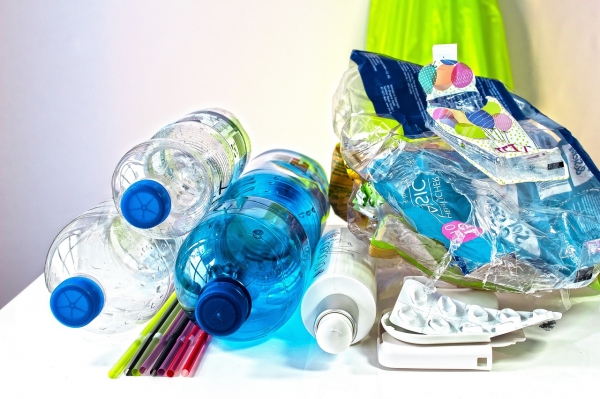Plastics are everywhere in our daily lives, but not all plastics are created equal – far from it.
Take, for instance, polyethylene terephthalate, a plastic used to make soda bottles and clothing fibers. Then there’s high-density polyethylene, from which shampoo bottles, milk jugs and cutting boards are derived. Don’t forget polystyrene for packaging, or low-density polyethylene, which gives us cling wrap and grocery bags.
All of these are plastics, which are the most widely used types of polymers – macromolecules made of repeating units of small molecules called monomers. Post-consumer plastics are almost always collected as a mixed stream of waste, and products are often manufactured from two or more types of plastics.
The bad news is that these items, though all “plastics,” are chemically and physically incompatible, and there’s no good industrial method for reusing or re-processing them into other useful products. That’s why most of those “recyclables” you’re throwing into bins every week are going to a landfill. Even after careful sorting and separation into individual plastics, mechanical recycling usually yields inferior products, termed down-cycling.
Read more at Colorado State University
Image by Stefan Schweihofer from Pixabay


